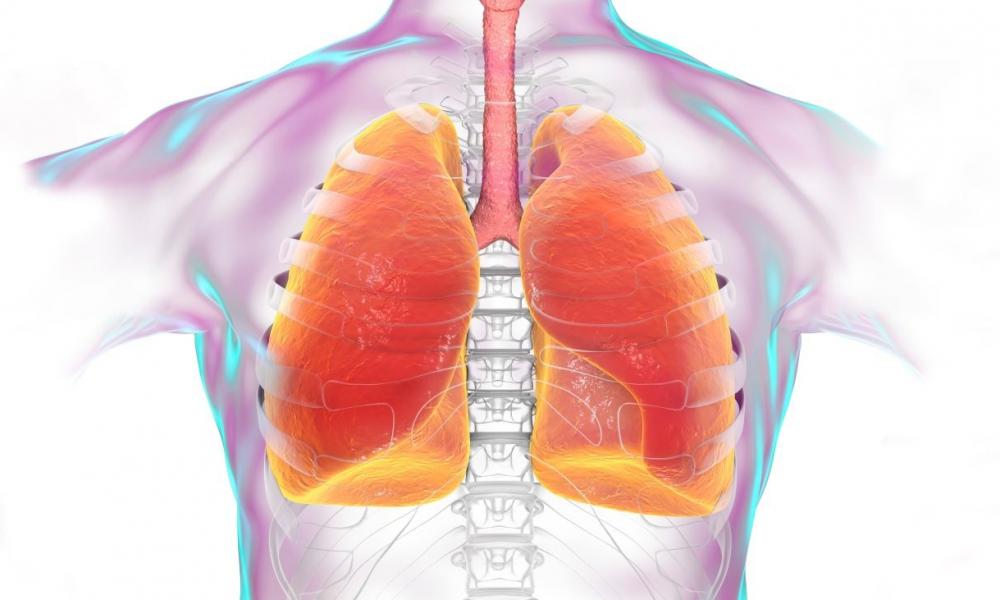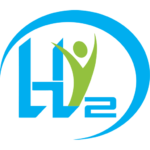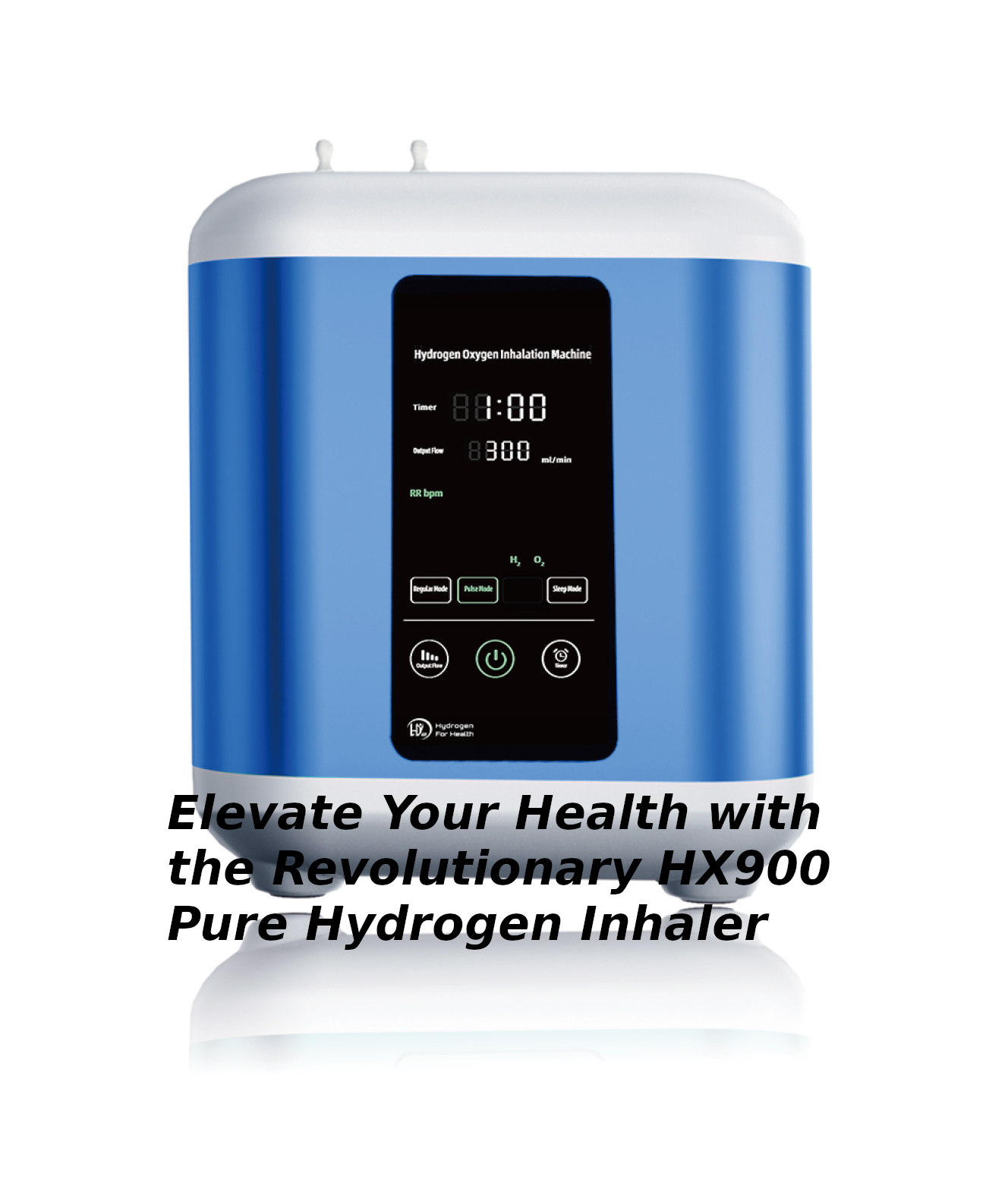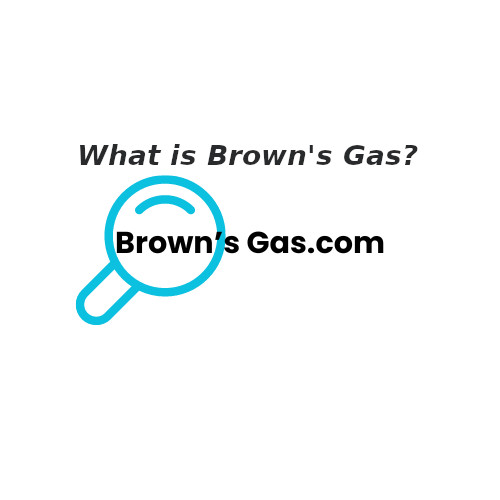
Chronic obstructive pulmonary disease (COPD) is affecting an estimated 63 million people worldwide. The disease is heterogeneous, meaning the disease is a result of multiple causes. Given the obvious complexities there currently are no cures. COPD is characterized as incompletely reversible and manageable. Acute exacerbation COPD, AECOPD, is the frequent cause of hospital admission; intensive care unit; and mortality. Thus therapies are primarily palliative and administered at serious illness stage of disease. The standard management mainly includes bronchodilators, non-invasive ventilation (NIV), and oxygen therapy.
A recent, first of it’s kind; double-blind randomized, controlled trial research study comparing efficacy of hydrogen/oxygen therapy to oxygen alone therapy has surfaced. The primary purpose of study is to compare the efficacy of hydrogen/ oxygen mixture therapy to an oxygen alone therapy in patients enduring AECOPD. The secondary purpose was to assess its safety and tolerability. The study included 108 patients over 40 years of age that met specific criteria and BCSS score of at least 6 points. (Breathlessness, Cough, and Sputum Scale) Double blind requires that participants nor the experimenters know who is receiving a particular treatment; thus reducing and preventing bias in results and placebo effect. Hydrogen/ oxygen mixture is the new intervention group trial and oxygen is the control group trial. Control trials simply involve previously known medical efficacies, in this case, oxygen therapy for AECOPD. The control trial is the standard basis that a new intervention treatment is compared to; thus creating efficacy endpoints for decision.
The primary efficacy endpoint, is the change in baseline BCSS score at day 7; higher scores indicated greater severity (0-12). The new intervention group treatment was given hydrogen/ oxygen gas, through nasal mask, at a flow rate of 3.0 L/min and a hydrogen/oxygen volume ratio of 2:1. The control group treatment was given air/ oxygen, through nasal mask, at a flow rate of 3.0 L/min and air/ oxygen ratio of 2:1. The secondary endpoints were the change in Cough Assessment Test (CAT). Higher scores (0-40) indicated greater severity and a change in noninvasive oxygen saturation. Exploratory endpoints were also investigated; change in pulmonary function, change in arterial blood gas, and oxygen inhalation / NIV evaluations. Both treatment therapies were performed for 7 consecutive days at a minimum of 6 h/ day and to a maximum of 8 h/ day. Throughout the seven day trial no plateau period was observed in the tendency of symptom improvement; especially in the hydrogen/ oxygen therapy.
The change of BCSS score in Hydrogen/oxygen group was larger than that in Oxygen group and thus met the criteria for superiority. FAS population (-5.3 vs. 2.4; difference: -2.75). PPS population (-5.2 vs. -2.69; difference: -2.69). FAS and PPS are simply methods of calculating stats within the experiment based on real time subject variable changes and subject experiment violations. There was significant reduction of Cough Assessment Test score in hydrogen/oxygen group compared to oxygen group; FAS population (-11 vs. -6, p<0.001). The therapies did not elicit significant changes in pulmonary function, arterial blood gas, and non invasive oxygen between groups as well as other endpoints/ points of evaluation.
Both trial group regimens presented acceptable safety and tolerability profiles. The adverse events, AE, in both groups were mild and moderate in severity. Note, most if not all, of the AEs were known to be frequently reported in all COPD treatments in or out of study. All the AEs were controllable and tolerable; all resolved soon with interruption treatment and symptomatic treatment. Also, Hydrogen/ Oxygen intervention group had no notable changes in laboratory test and physical examinations; thus no interference with the vital organs and bodily functions. Also, Device related adverse events were infrequent and only a few occurrences in each group, indicating that both the two devices were safe.
Hydrogen/ oxygen mixture resulted in more significant improvements of AECOPD symptoms of breathlessness, cough, and sputum. The secondary purpose was met as a safe and tolerable profile was indicated. Given the favourable results of hydrogen/ oxygen therapy more and larger studies are warranted. Scientists speculate that its superiority are attributable to hydrogens physical properties; anti-inflammatory, antioxidant, and rapid cellular diffusion. The imbalance between oxidative stress and anti-oxidative capacity is thought to play an important role with the development and favourable progression of COPD. Thus hydrogens systemic healing properties are thought to be advantageous during AECOPD. Not only for emergency management, research scientists boldly speculate that hydrogen/ oxygen therapy may be an alternative to at home long-term oxygen therapy. Considering the COPD characterizations, new and improved therapies are welcomed as the medical industry continues to advance the reversal progression of COPD. All this to say, Hydrogen/Oxygen therapy for home use is boldly considered beneficial for management and healing of COPD.
https://respiratory-research.biomedcentral.com/articles/10.1186/s12931-021-01740-w



